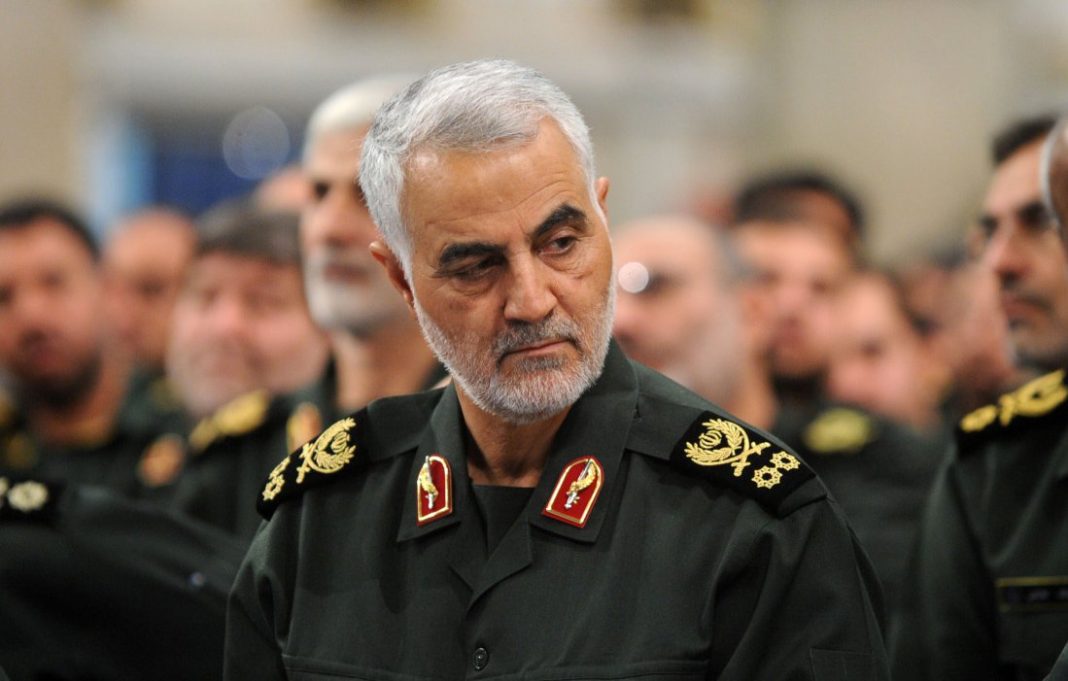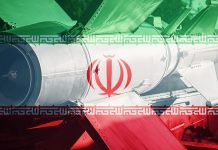How Iran Tried to Turn Arab States into Fading Ghosts
Amir Taheri/Asharq Al Awsat/November 11/17
If history is a stage on which the fate of nations is played out, knowing when to step in and when to bow out is of crucial importance. Being in the wrong place at the wrong time and, even worse, in the wrong context, could lead to loss and grief.
These may have been some of the thoughts that Lebanon’s outgoing Prime Minister Saad Hariri may have had in mind when he decided to throw in the towel rather than pretending to exercise an office without being able to do so in any effective manner. Hariri realized that he was in office but not in power.
Whatever the reason for Hariri’s departure, I think he was right to withdraw from a scenario aimed at turning Lebanon into a ghost of a state with a ghost of a president and ghost prime minister and parliament.
That scenario was written in Tehran in the early 1980s with the creation of the Lebanese branch of Hezbollah by then Iranian Ambassador to Damascus Ayatollah Ali-Akbar Mohtashami-pour. The original idea had taken shape in 1975 when Ayatollah Hadi Ghaffari created the first branch of Hezbollah in Tehran to fight the Shah. By 1977 clandestine branches had been created in Turkey and Kuwait.
The hope was to fade out political frontiers, often created by accidents of history or designs of empires, and replace them with religious frontiers. The aim was to create an archipelago of Shi’ite communities across the Middle East, linked together through a network of religious-political organizations controlled by Iran.
The rationale for this was that throughout Islamic history, the element binding people together was allegiance to a version of the religion (Arabic :Mazhab) rather than political concepts such as citizenship of a state.
The fall of the Shah and the seizure of power in Tehran by mullahs gave the scheme a new impetus by putting Iran’s resources at its disposal.
However, very soon it became apparent that the grand design could not be realized without destroying or at least weakening Western-style state structures already in place. The states targeted had more or less strong armed forces that would resist an Iranian takeover.
This was precisely what happened in Turkey, where attempts by the Hezbollah branch to make a splash were crushed by the army. In Iraq, premature takeover bid by Khomeini gave Saddam Hussein an excuse to invade Iran and start an eight-year war.
In Syria, according to the memoirs of General Hussein Hamadani, who led the Iranian military contingent there, the national army did all it could to prevent Tehran from creating power bases of its own. The situation in Syria changed only when the nation was plunged into civil war by President Bashar al-Assad’s ruthless repression of peaceful protests.
The mullahs learned from their experience in Iran.
Soon after they seized power by a combination of freakish circumstances, Khomeini realized that he would never win the loyalty of existing state structures while being unable to destroy them altogether.
Thus, he developed the strategy known as “parallelism” (movazi-sazi in Persian).
He created the Islamic Revolutionary Guard Corps (IRGC) as a parallel to the national army. Islamic courts were set up as parallels to state courts based on laws inspired by the Napoleonic Code. The Majlis (parliament) found its parallel in the Assembly of Experts.
Applied to other Middle Eastern countries, this strategy was known as “tohi-sazi” or “emptying of content”. The first place this was put into practice was Lebanon. Iran created a Shi’ite militia to “parallel” the regular Lebanese army. Then, through Hezbollah, Tehran also recruited allies among other Lebanese communities and transformed the Lebanese parliament into a toothless bulldog. Finally, Tehran succeeded in propelling its candidate into the presidency, and secured effective power of veto in the Council of Ministers.
All that costs a lot of money.
According to the current Iranian national budget, Iran is spending an average of $60 million a month in Lebanon, most of it through Hezbollah. Consequently, as President Hassan Rouhani said in a speech last month, nothing can be done in Lebanon without Iran’s say-so. The Lebanese branch of Hezbollah has given Iran value for money to the point of sustaining thousands of casualties in combat in the 2006 mini-war with Israel and, more importantly, the campaign to crush Assad’s opponents in Syria.
In Iraq, the Iranian scheme has had partial results.
Tehran has created the Popular Mobilization Forces, a coalition of 17 Shi’ite militias, plus the Islamic Peshmergas (Kurdish fighters hired by Tehran) to parallel the Iraqi national army and the military force of the Kurdistan Autonomous Government. Tehran also exerts political influence through at least part of the Ad-Daawa (The Call) party. However, Iran’s hope of doing a second Lebanon in Iraq has not succeeded because many Iraqis resent Iranian domination while the grand ayatollahs of Najaf regard the Khomeinist regime in Tehran as an abomination.
The mullah’s scheme in Syria has also run into trouble because of Russian intervention and President Vladimir Putin’s determination that Syria’s future is decided in Moscow and not in Tehran.
Tehran’s scheme has had partial success in Yemen.
Iran’s surrogates, the Houthis, succeeded in creating a parallel army in the shape of Ansar Allah but failed to fully clip the wings of the regular army. The Houthis also reduced President Ali Abdullah Saleh to a shadow of his past but could not fully get rid of him. On top of that the Saudi-led coalition’s intervention has dealt a decisive blow to Tehran’s hope of doing a second Lebanon in Yemen. In the case of Qatar and Oman, Tehran used Finlandization, allowing them to enjoy tranquility in exchange for splitting the Arab ranks and toeing the mullahs’ line on key issues. When Muhammad Morsi took over as Egypt’s elected president, Tehran tried to sell its scenario in Cairo as well.
Former Foreign Minister Ali-Akbar Velayati was sent to Egypt with a letter from ‘Supreme Leader” Ali Khamenei. In it Khamenei called on Morsi to disband the Egyptian army and create a parallel military force to “guard the revolution”. The proposed scheme was never applied either because, as Velayati and Khamenei claim, Morsi rejected it or the Egyptian army pre-empted it by deposing Morsi.
Hariri’s resignation may be a sign that the Arabs are no longer prepared to grin and bear it as Tehran dismantles their state structures by creating doubles to their armies and transforming their governments into puppets with their strings pulled from the Iranian Embassy.
Tehran’s scheme for dominating the Arab states may have reached its limits; the rapid advance of the mullahs may now be followed with a roll-back. And that could mean the return of political frontiers and loyalties based on citizenship not religious sect.





















